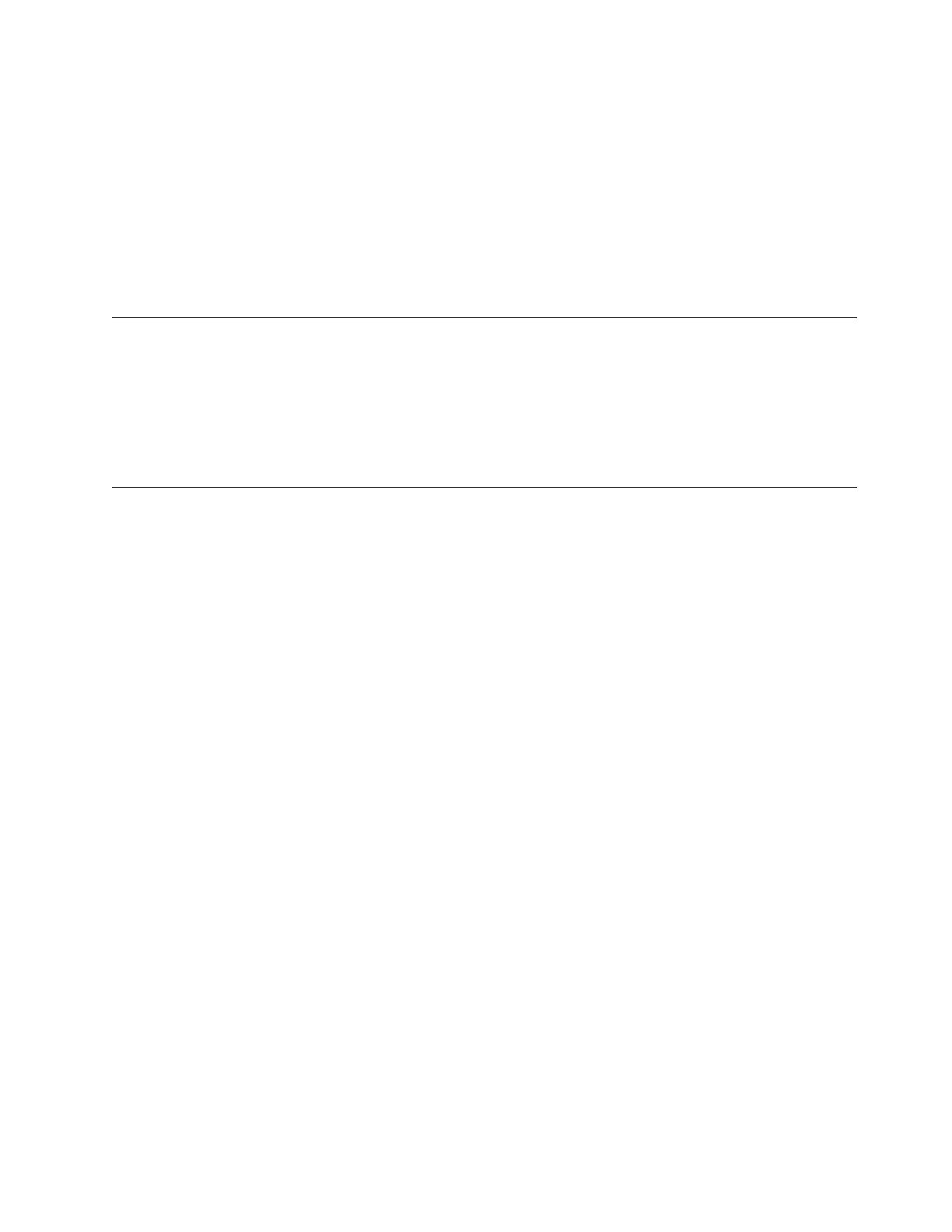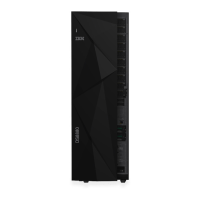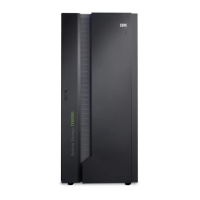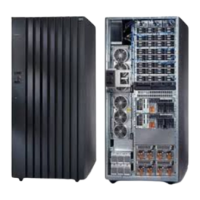If your workload is critical, consider isolating it from other workloads. To isolate
the workloads, place the data as follows:
v On separate RAID drive groups. Data for open systems or IBM Z hosts is
automatically placed on separate arrays, which reduce the contention for drive
use.
v On separate device adapters.
v In separate processor nodes, which isolate use of memory buses,
microprocessors, and cache resources. Before you decide, verify that the isolation
of your data to a single node provides adequate data access performance for
your application.
Count key data
In count-key-data (CKD) disk data architecture, the data field stores the user data.
Because data records can be variable in length, in CKD they all have an associated
count field that indicates the user data record size. The key field enables a
hardware search on a key. The commands used in the CKD architecture for
managing the data and the storage devices are called channel command words.
Fixed block
In fixed block (FB) architecture, the data (the logical volumes) are mapped over
fixed-size blocks or sectors.
With an FB architecture, the location of any block can be calculated to retrieve that
block. This architecture uses tracks and cylinders. A physical disk contains multiple
blocks per track, and a cylinder is the group of tracks that exists under the disk
heads at one point in time without performing a seek operation.
T10 DIF support
American National Standards Institute (ANSI) T10 Data Integrity Field (DIF)
standard is supported on IBM Z for SCSI end-to-end data protection on fixed block
(FB) LUN volumes. This support applies to the IBM DS8880 unit (98x models).
IBM Z support applies to FCP channels only.
IBM Z provides added end-to-end data protection between the operating system
and the DS8880 unit. This support adds protection information consisting of CRC
(Cyclic Redundancy Checking), LBA (Logical Block Address), and host application
tags to each sector of FB data on a logical volume.
Data protection using the T10 Data Integrity Field (DIF) on FB volumes includes
the following features:
v Ability to convert logical volume formats between standard and protected
formats supported through PPRC between standard and protected volumes
v Support for earlier versions of T10-protected volumes on the DS8880 with non
T10 DIF-capable hosts
v Allows end-to-end checking at the application level of data stored on FB disks
v Additional metadata stored by the storage facility image (SFI) allows host
adapter-level end-to-end checking data to be stored on FB disks independently
of whether the host uses the DIF format.
Notes:
Chapter 2. Hardware features 51

